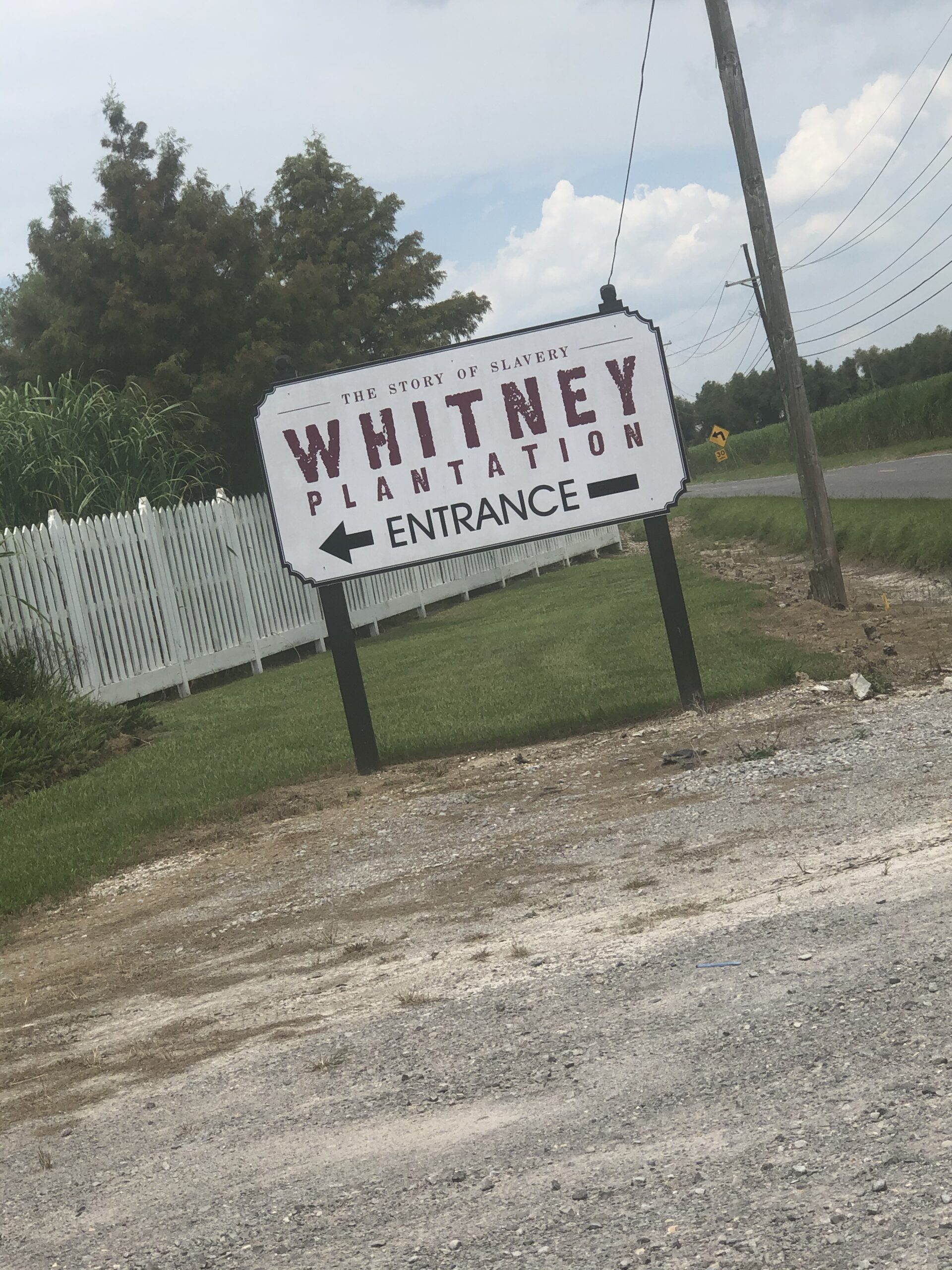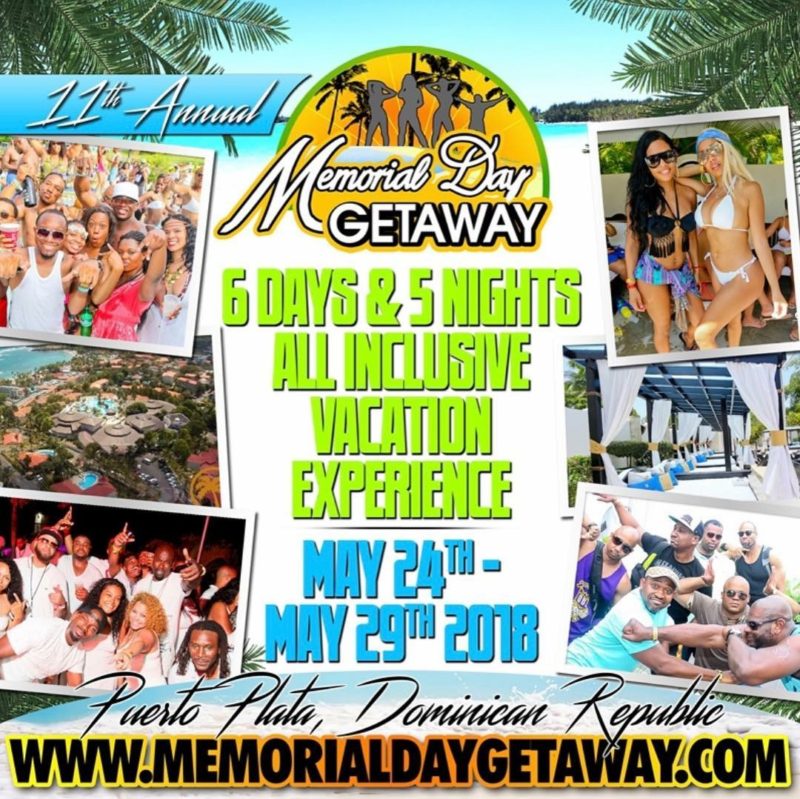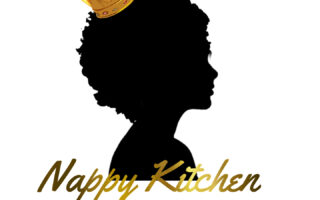I heard about the Whitney Plantation the first time the family and I visited New Orleans, NOLA – A Family Guide . We wanted to see and do everything when we arrived, but if you’ve ever been, you know that’s impossible. So unfortunately, we didn’t get to make it. I promised myself though, the next time I was there it would be a must stop.
Finally, a couple of years later the opportunity would present itself on another family vacation.
Getting There & Things to Know
The Whitney Plantation Museum is almost an hour drive from Downtown, New Orleans; located in St. John the Baptist Parish. If you’re not driving your own vehicle, there are many tour companies that offer daily transit (see link at the end), as public transportation is not available and ride sharing is not recommended. Since we drove to New Orleans, it made things much easier. The tour is mostly outside so I’d recommend walking shoes and some water if the weather calls for it.
All tickets must be purchased online (timed entry only). Prices range from: Adults $25, Children (6-18) $11, and under 6 free. Due to COVID-19 the tour is now being offered through a self guided app (I recommend downloading before you get there), which for us was great because you get to scroll at your own leisure. Throughout the tour, you’ll learn not just the history of slavery, but stories told through the slaves who worked the land.
Booking.comThe Plantation’s History
The Whitney Plantation is the only plantation (museum) in Louisiana that focuses exclusively on the lives of slaves. It was even used as the backdrop for the movie Django Unchained.
Originally called the “Habitation Haydel”, the plantation was established by Ambroise Haydel, a German in 1752. Here, Haydel and his wife would raise 10 children, and like father like son, five of their boys would go on to own adjoining plantations nearby. At the time of Ambroise’s death around 1770, the family had accumulated great wealth, about 400 acres, and 20 African slaves being forced to build it all. By 1819, that 20 would turn into 61.
The plantation would eventually grow even larger after transitioning from indigo, the cash crop during that time, to sugar cane. It would be passed down from son to son, until running into financial problems and ultimately having to go up for auction in 1840. Azelia Haydel, the widow of Marcellin Haydel (Great grandson of Ambroise) would purchase controlling shares of the plantation and own it until her death in 1860. For 110 years the Haydel family owned the plantation, enslaving an estimated 350 people total. After the Civil War, later in 1867 the plantation was sold to Brandish Johnson who renamed it the Whitney Plantation.
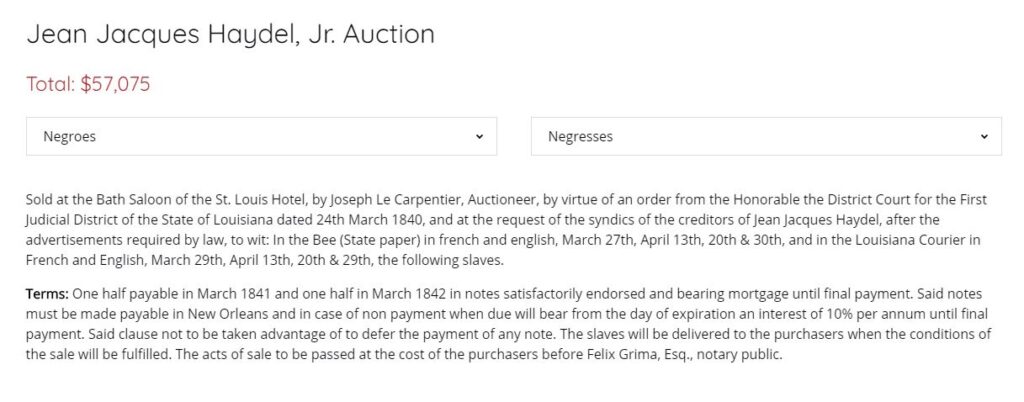
Although the emancipation freed the slaves, many had no choice but to stay where they had been enslaved. About 25% of the people who were enslaved at the Whitney Plantation never left. Seeing no drastic difference, the owners still remained in the “Big house”, Managers and Overseers lived in the smaller houses by the river, and the “field workers” lived in the former slave cabins. This way of life continued until 1975.
12 Stops on the Tour
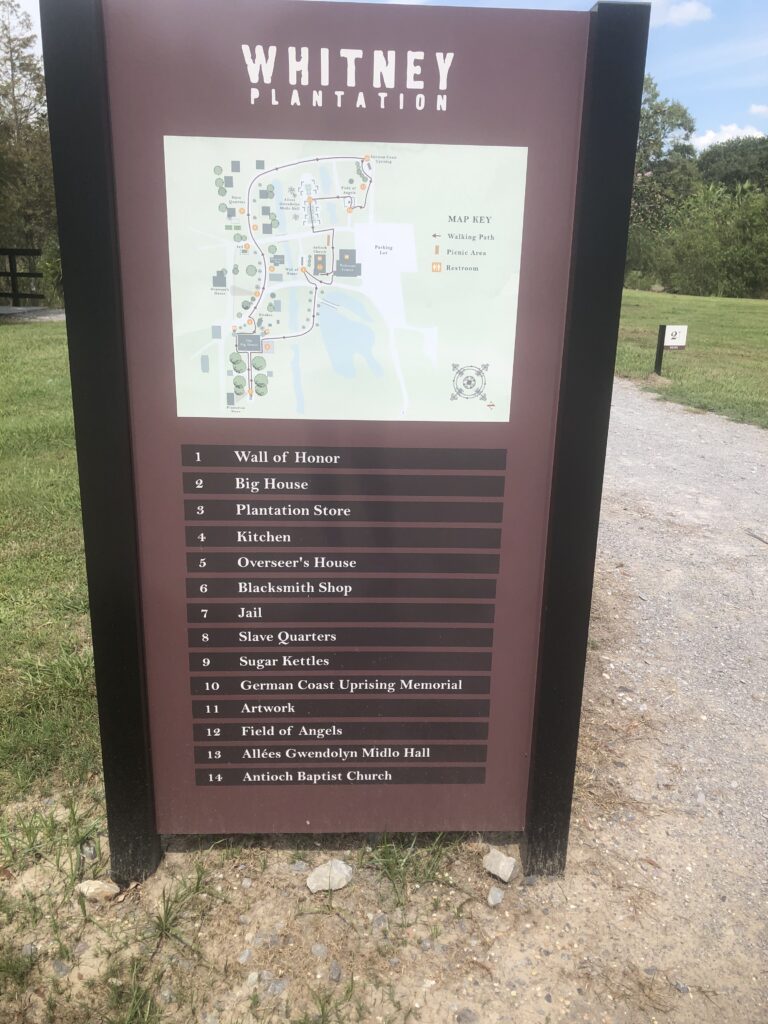
Since it is made up of 2 exhibits, you’ll start out exploring their rotating exhibit, learning about the roots of slavery from the Trans Saharan Slave Trade to Emancipation in Louisiana. The 2nd exhibit, Slavery in Louisiana, gives you first hand knowledge of the slaves who worked the very fields you’re standing on. Using your app and audio guide, you’ll explore memorials honoring those held in slavery in Louisiana and on the plantation, original slave cabins, the Big House plus more.
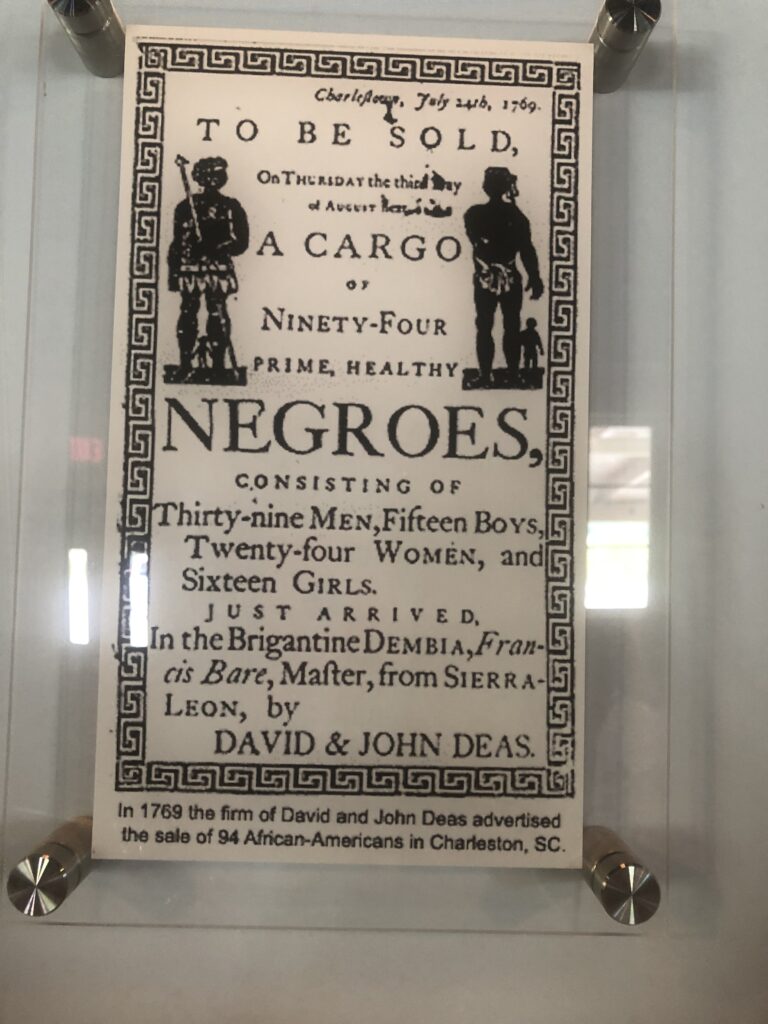
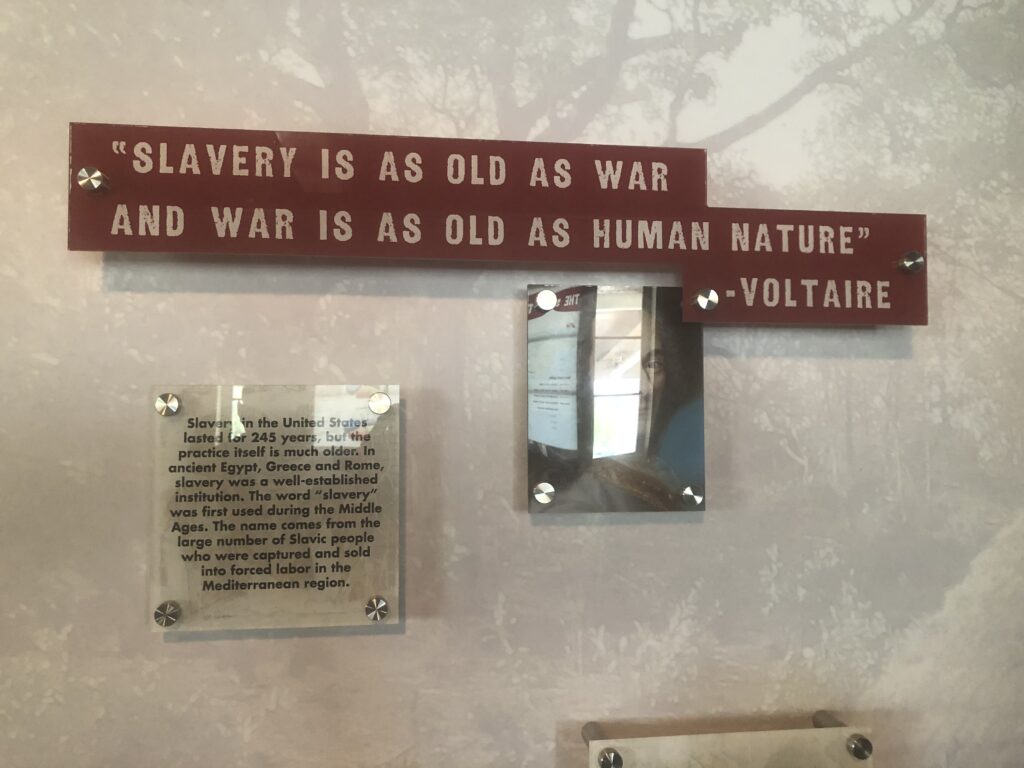
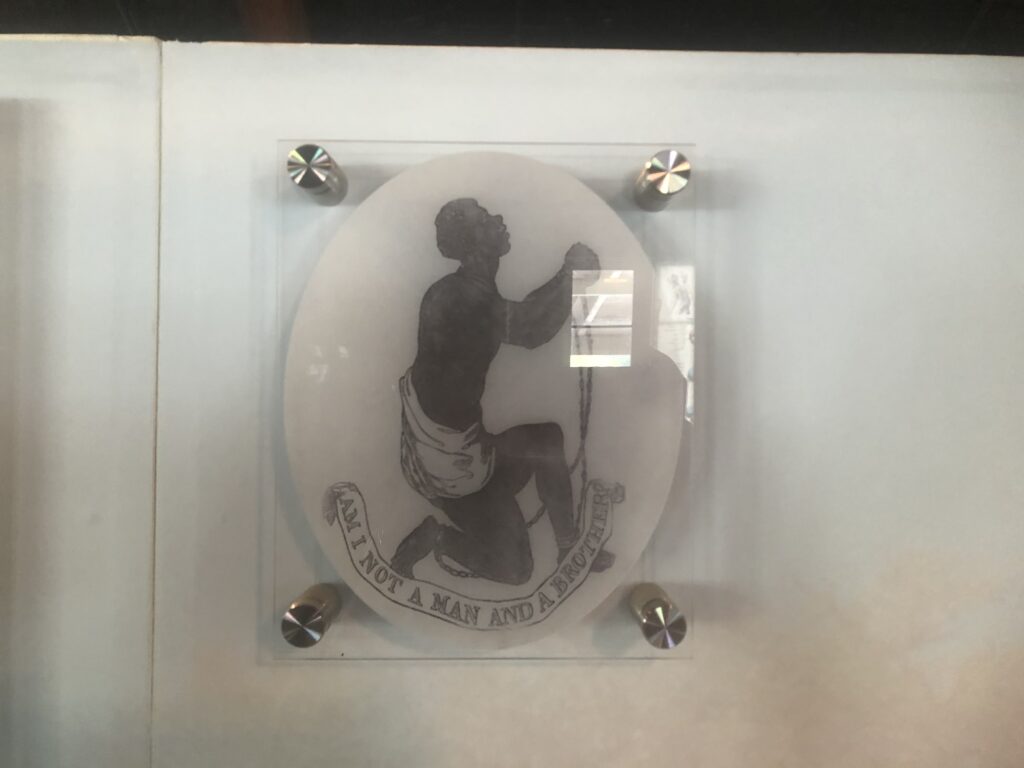
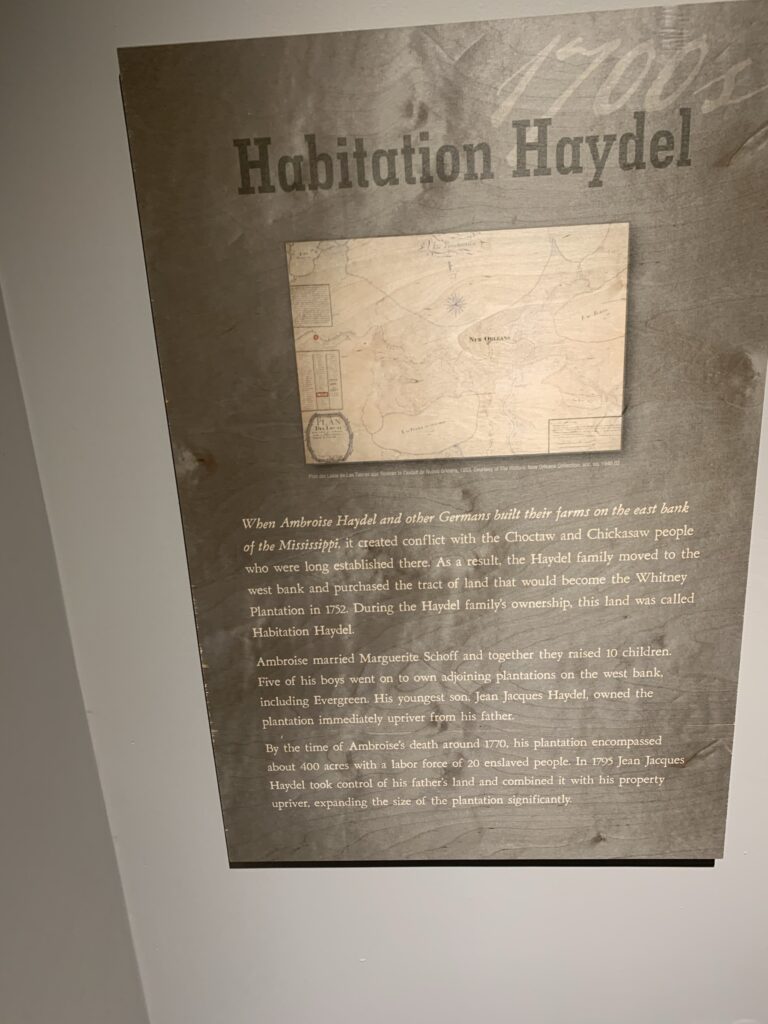
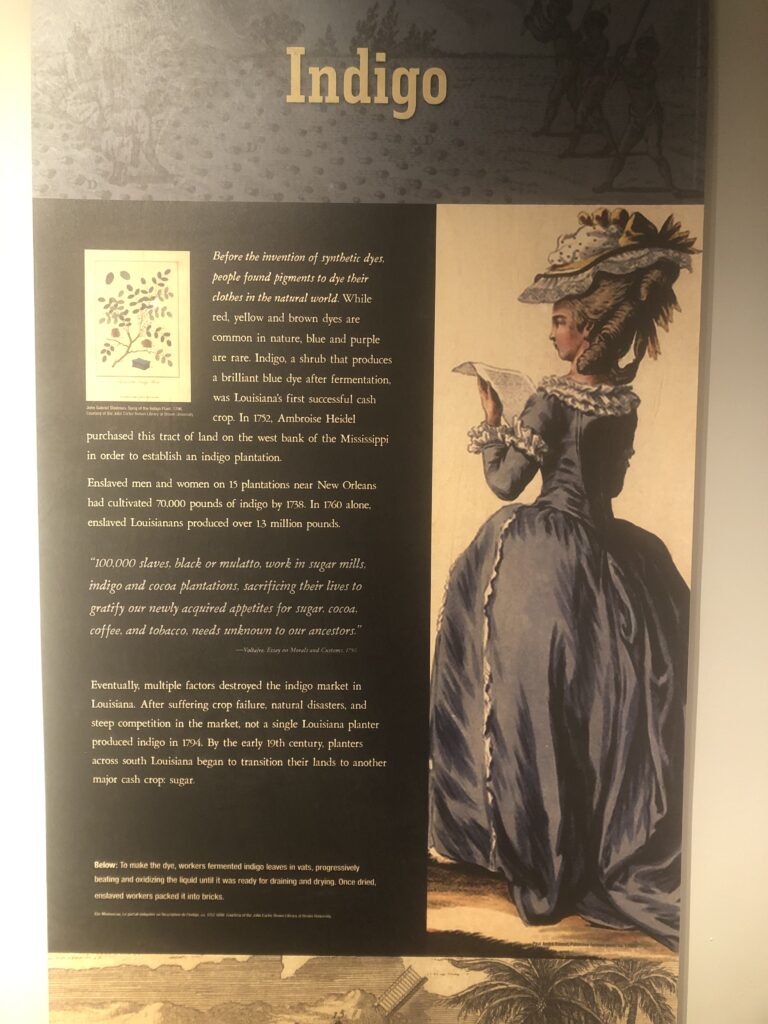
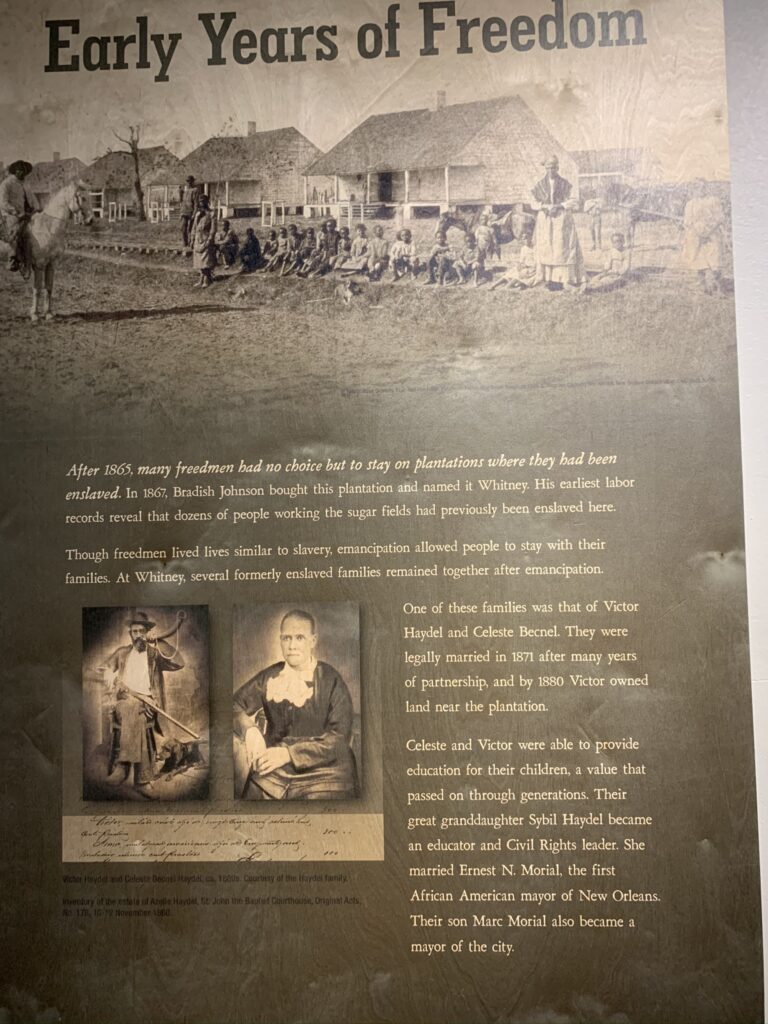
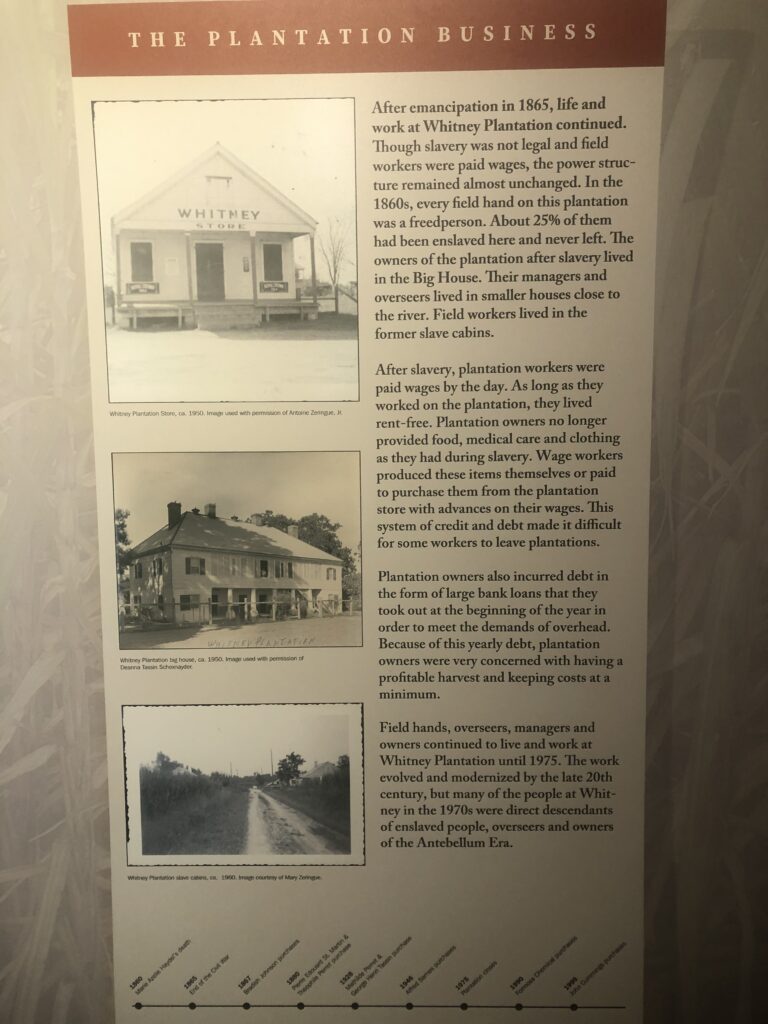
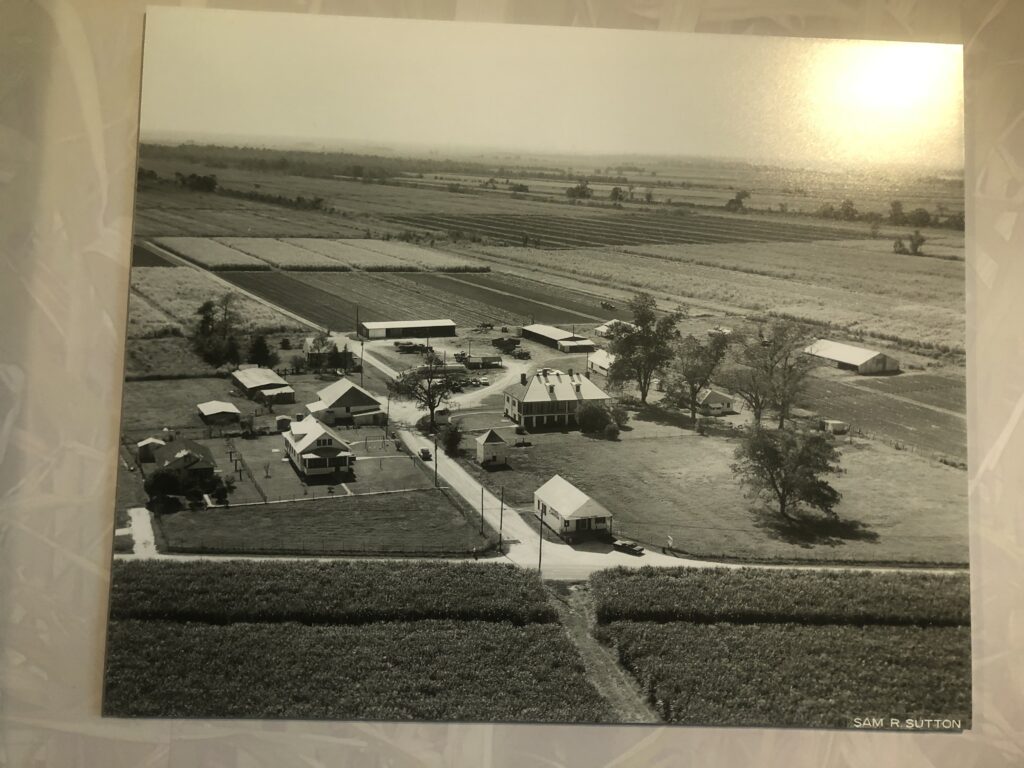
The Big House
In 1790, Africans built this house for the plantation owner, Jean Jacques Haydel Sr., (Ambroise’s son) serving also as the plantation’s headquarters. It was known as the “Big House” and home to the Haydel family for 75 years.
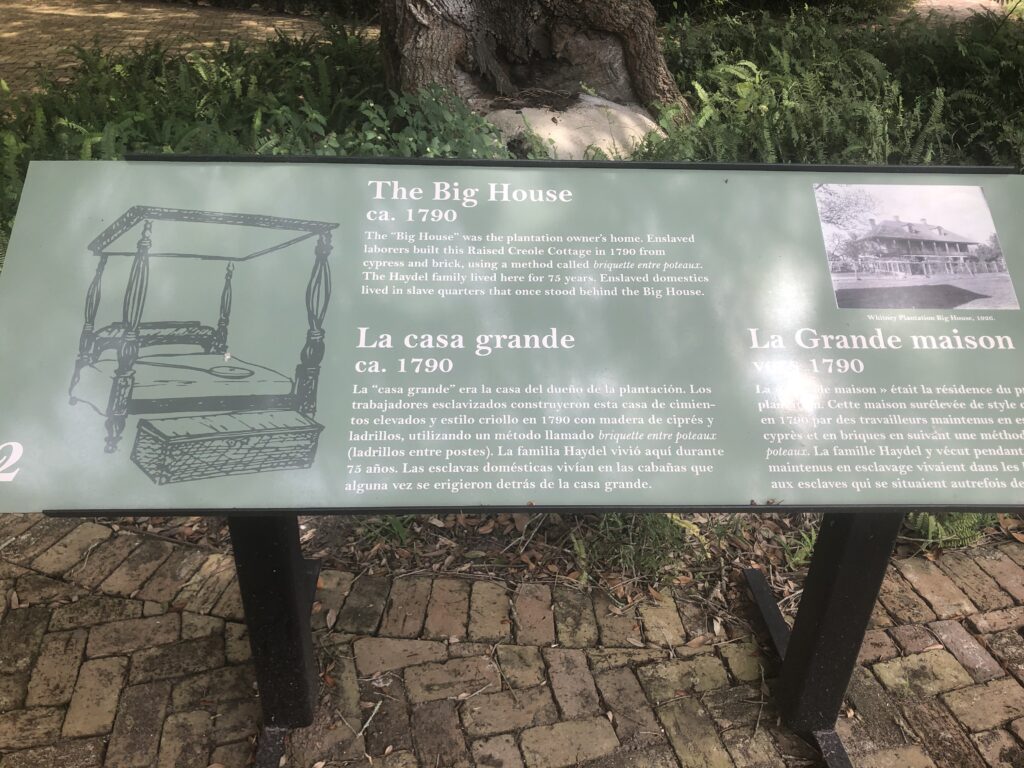
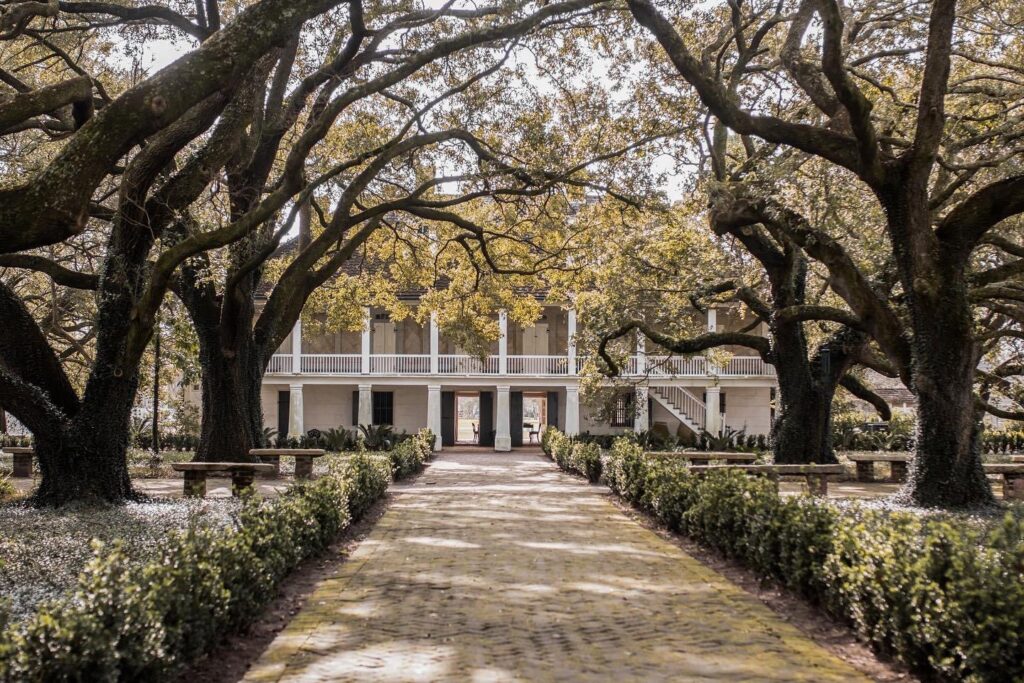
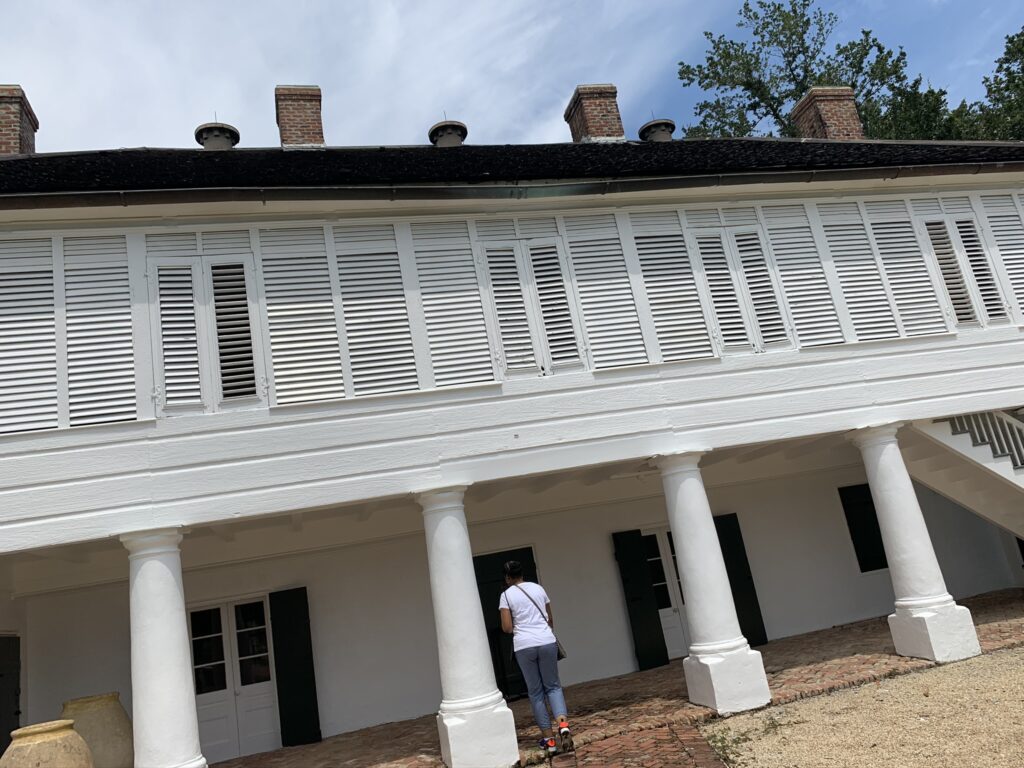
The Kitchen
In 1860, 5 women were listed as domestic workers on the inventory (because we were considered property) of the plantation: Marie the cook (40) and Julianne (27) who helped and had 5 children. Along with Lucy, Francoise, and Sally.
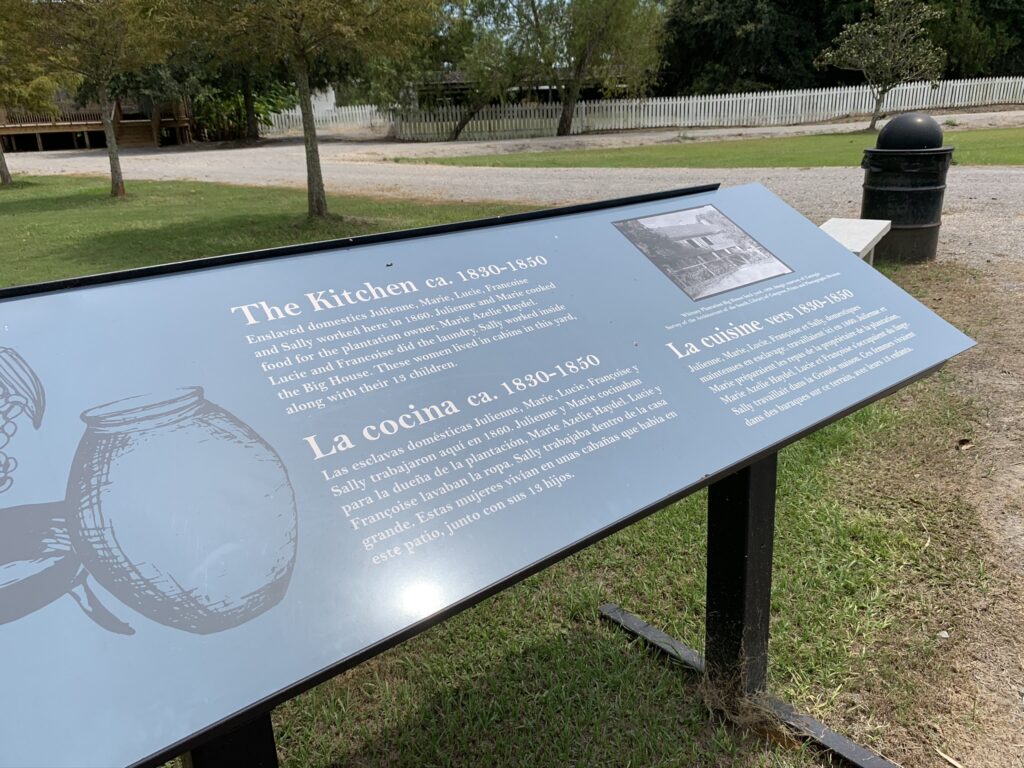
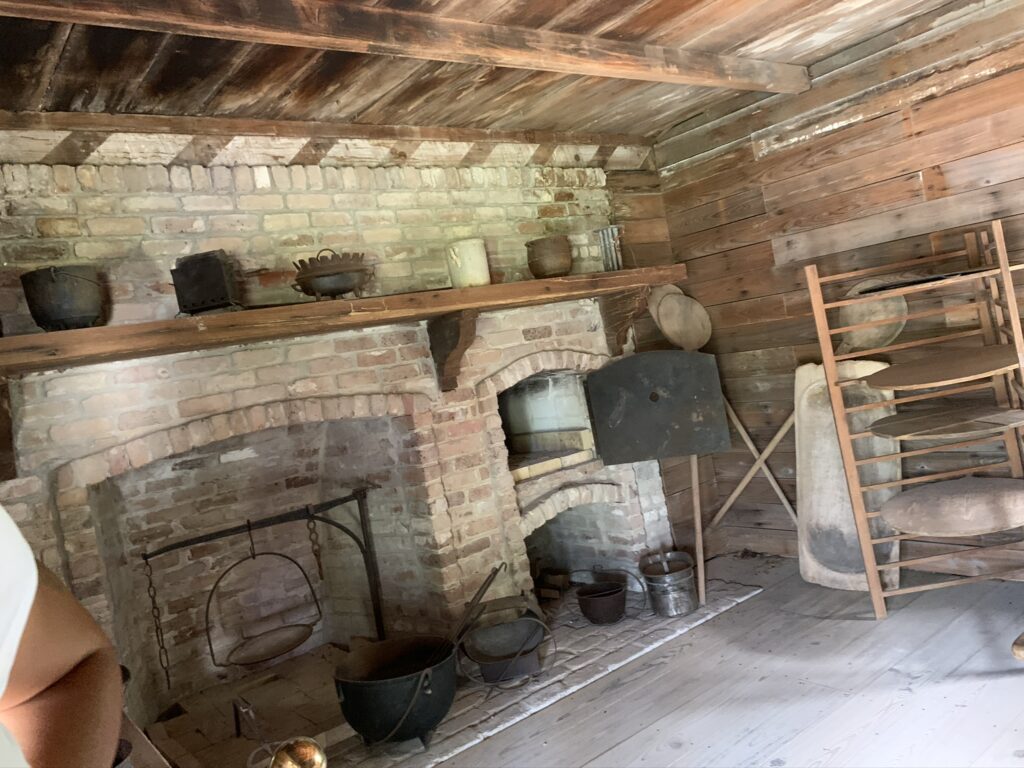
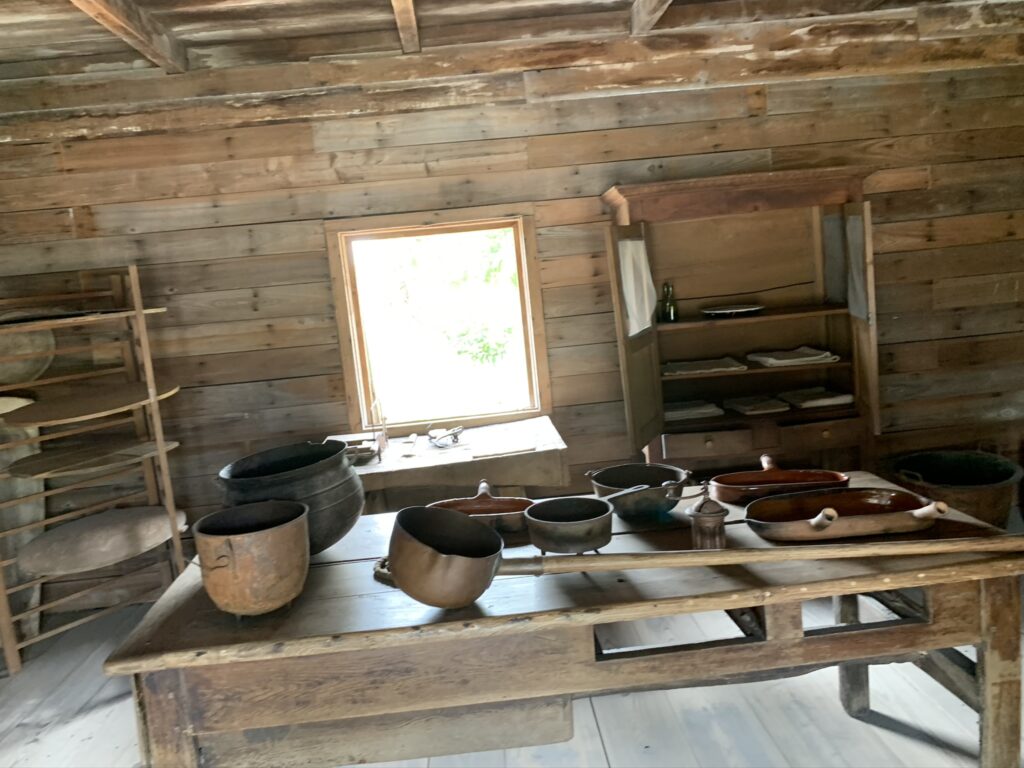
Slave Cabins
Slaves built these cabins from cypress trees harvested from the plantation. There were 20 slave cabins on the plantation at the time. Today there are 7 cabins still standing, 2 are original from the plantation. While the others were brought from a nearby plantation in Terrebonne Parish. The slaves on this property shared this home with their families, until they were separated by death, escape, or slave trader enduring conditions I could only dream.
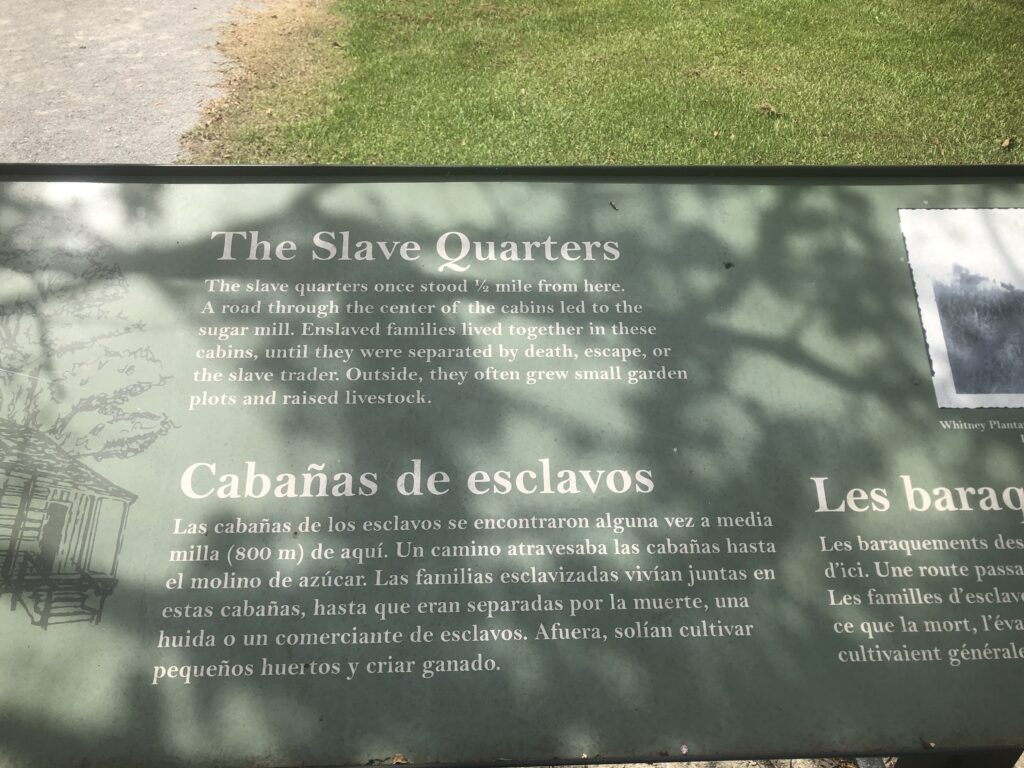
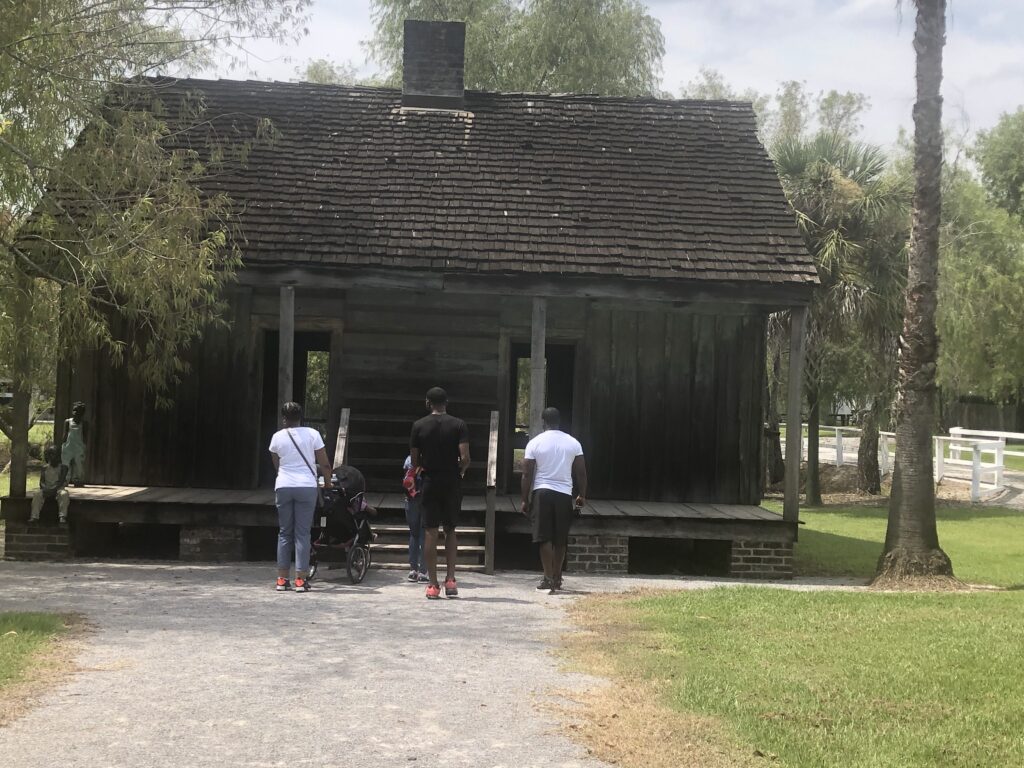
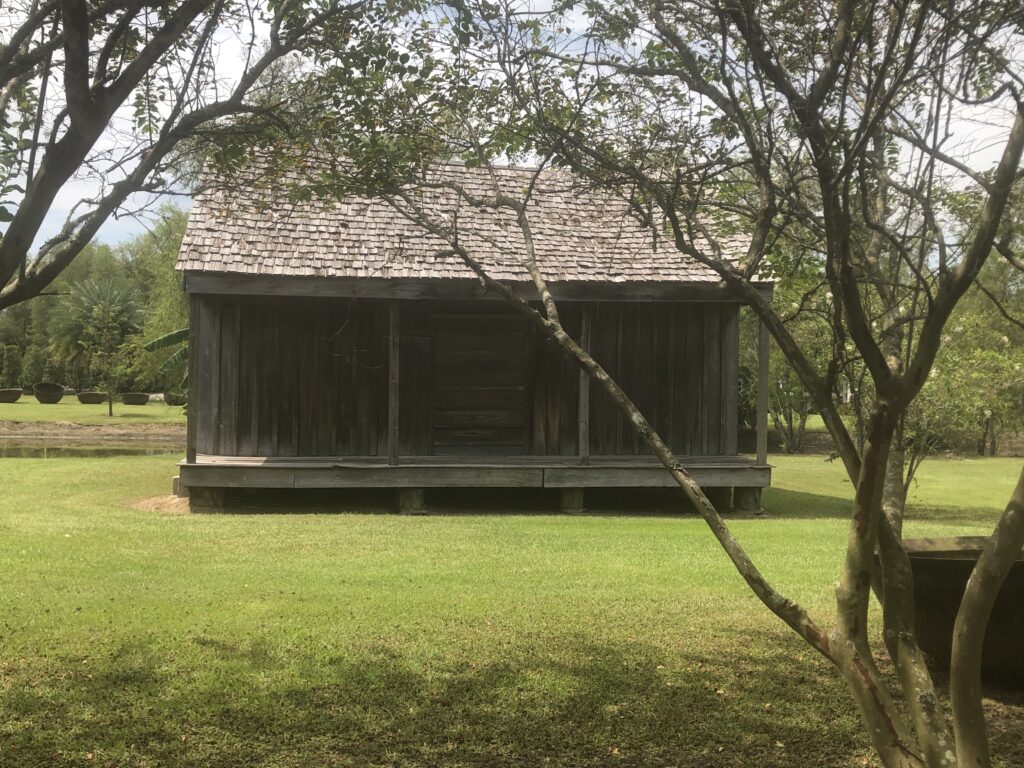
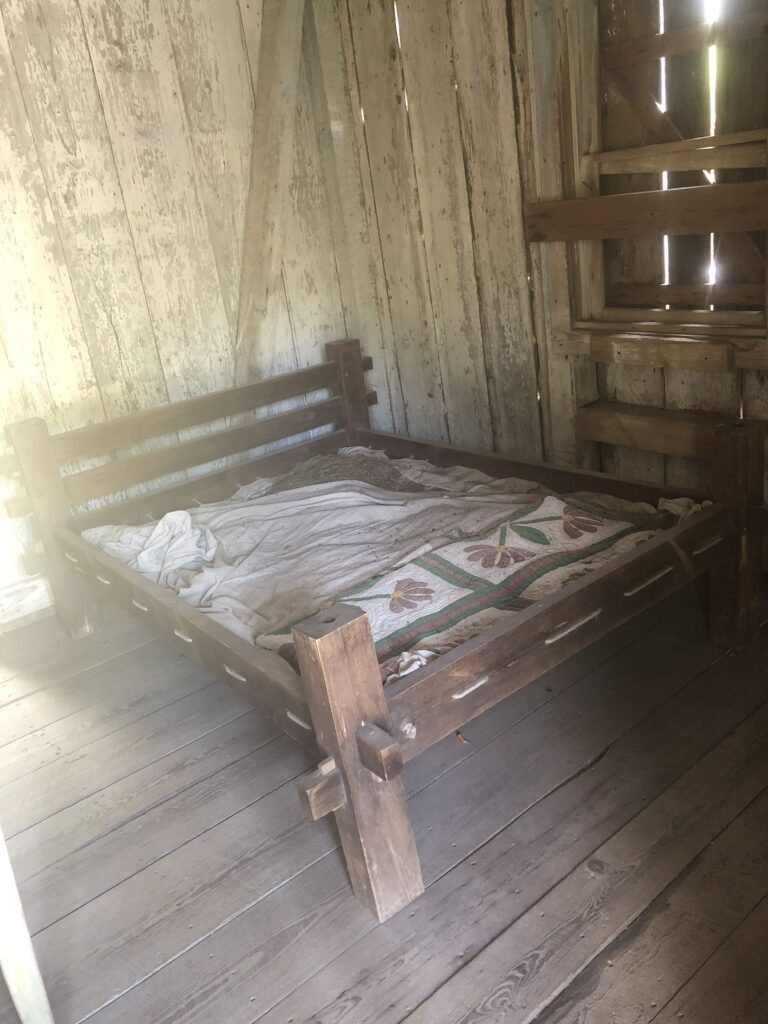
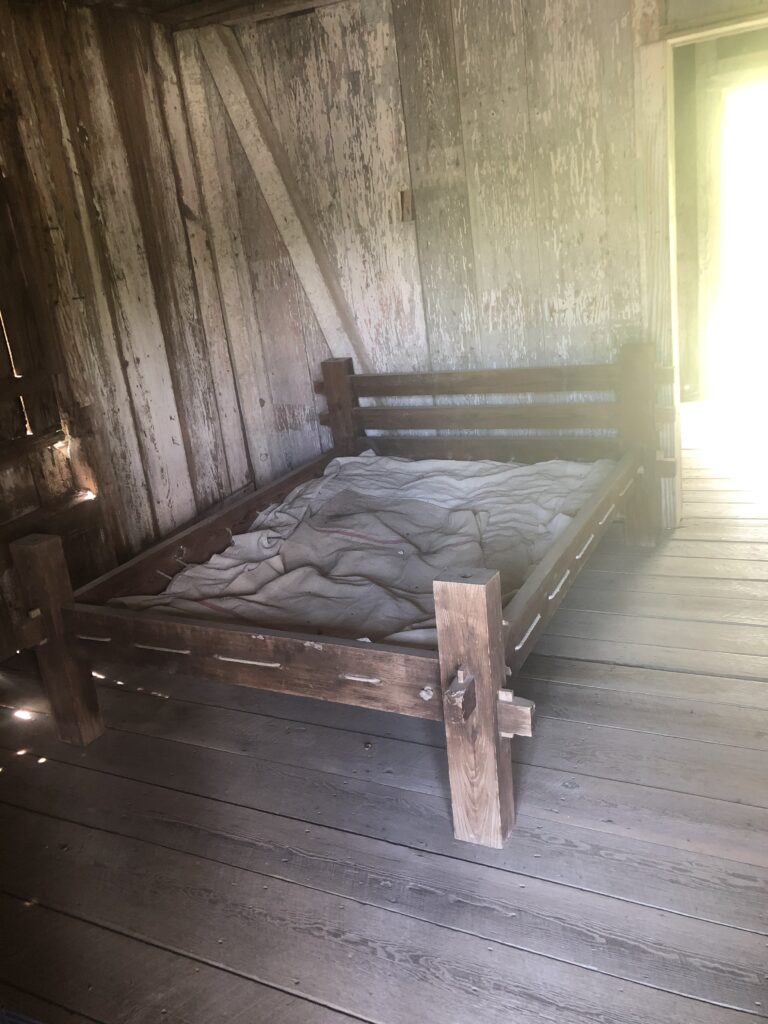
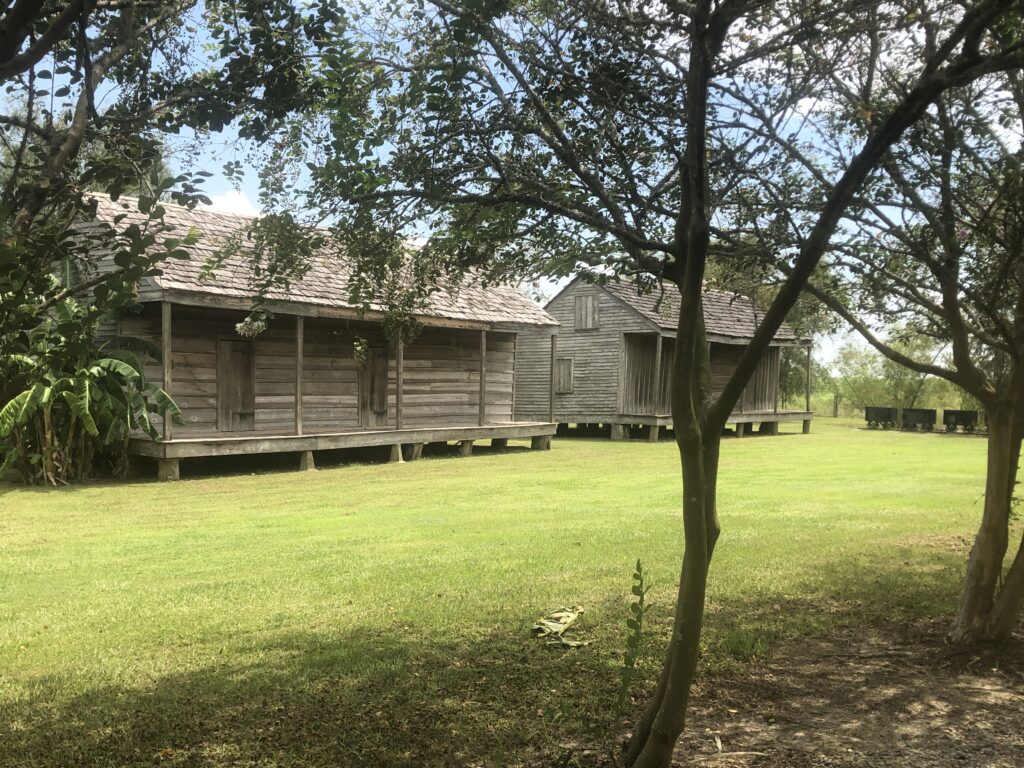
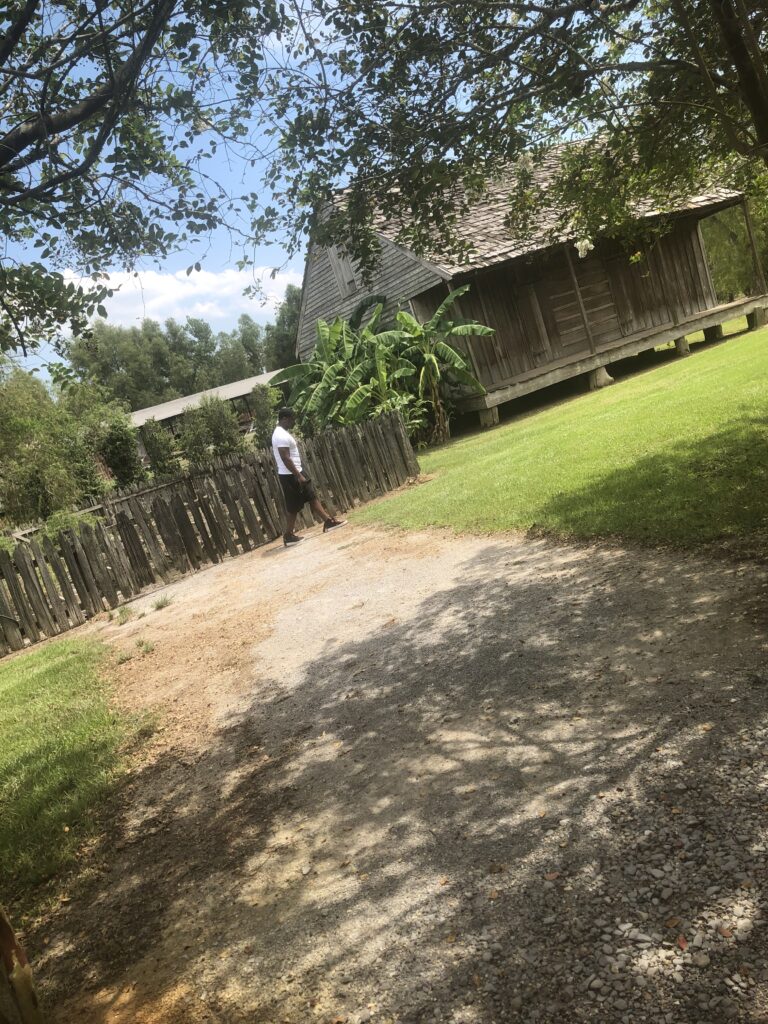
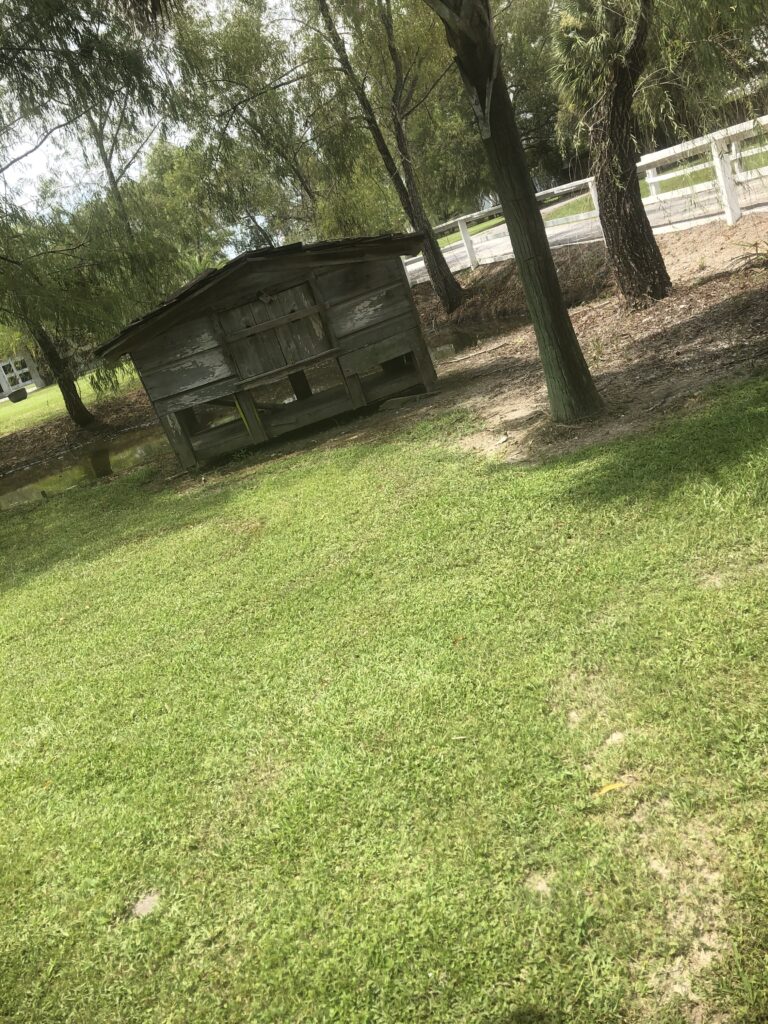
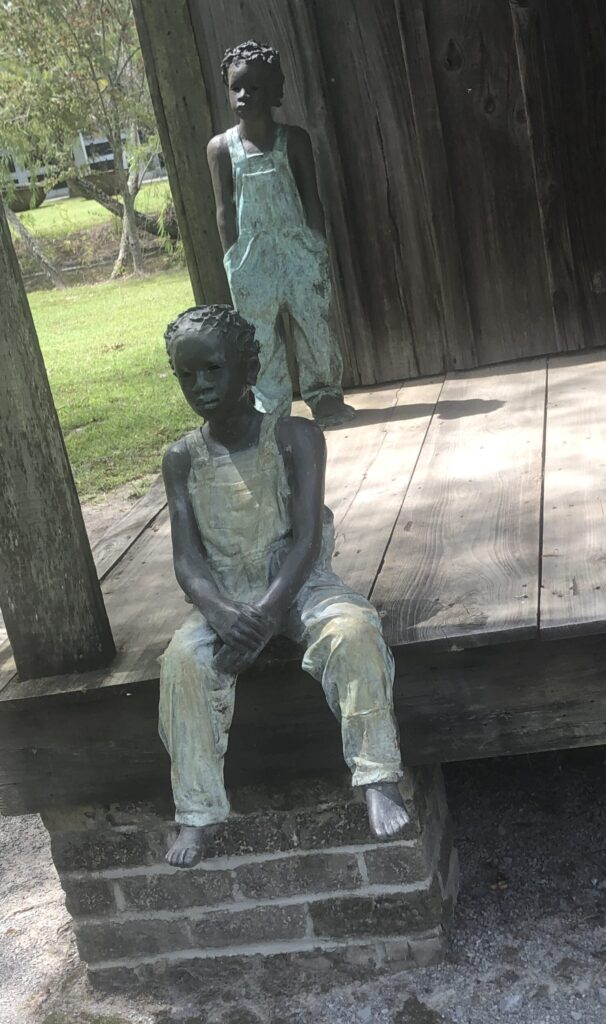
Field of Angels
This memorial is dedicated to the enslaved children who died in St. John Parish between 1823-1863. You will find the name of each child, the date of death, and the mother’s name all compiled from baptism records. Over 2,200 alone and that’s just the one accounted for. 39 of those children died right on the plantation.
Children born in slavery followed the mother’s line, would live with their mother until 10 years old. At that point, they could either be put into fields or worse, sold away. As a mom, I think it this stop hit worse.
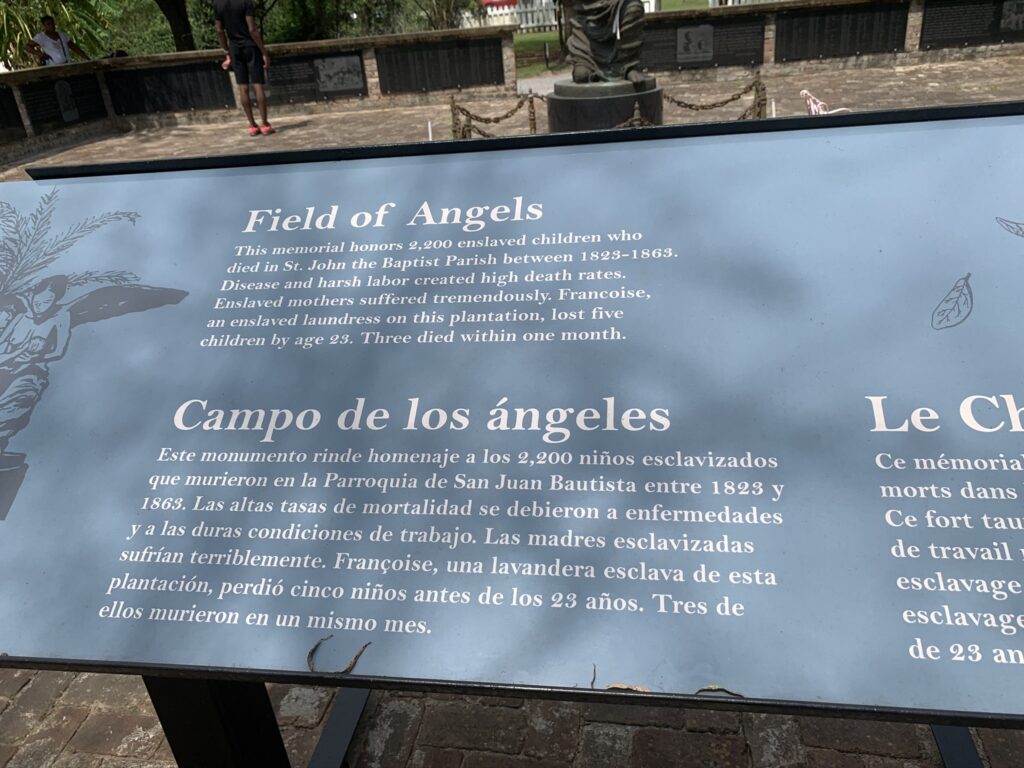
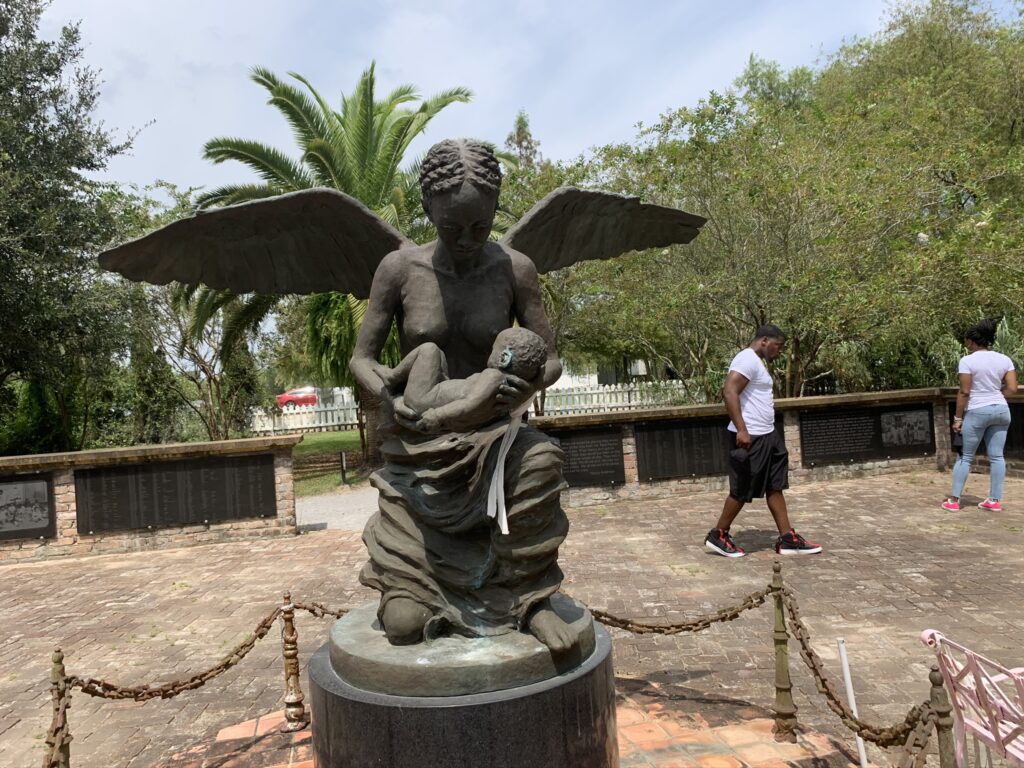
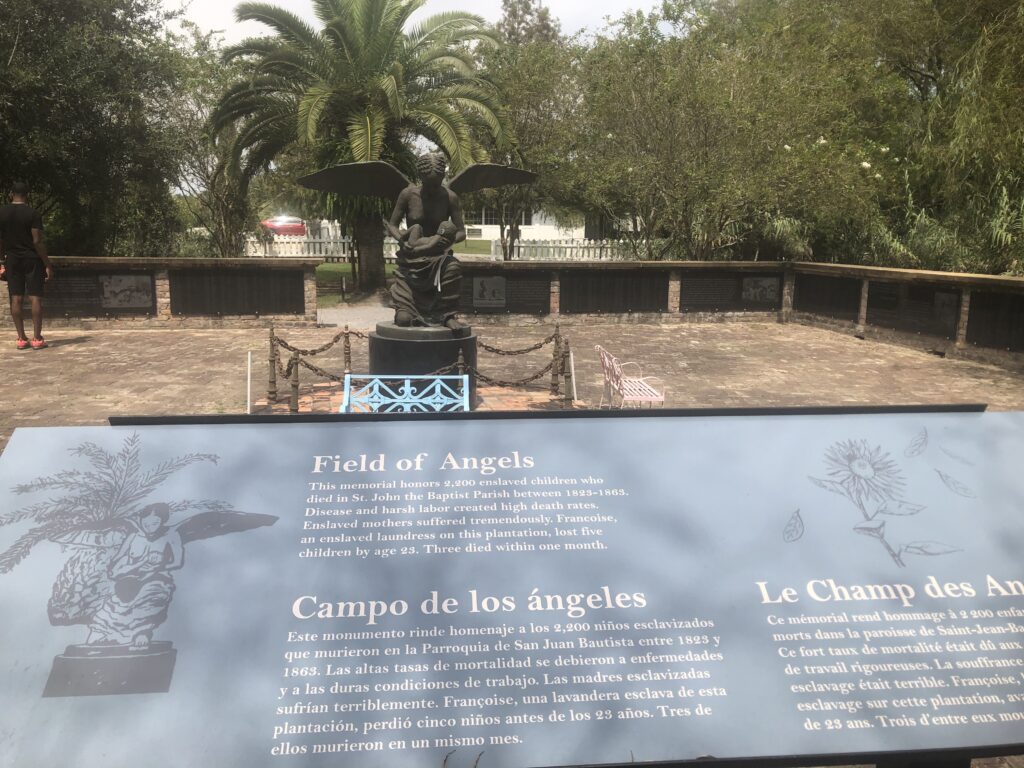
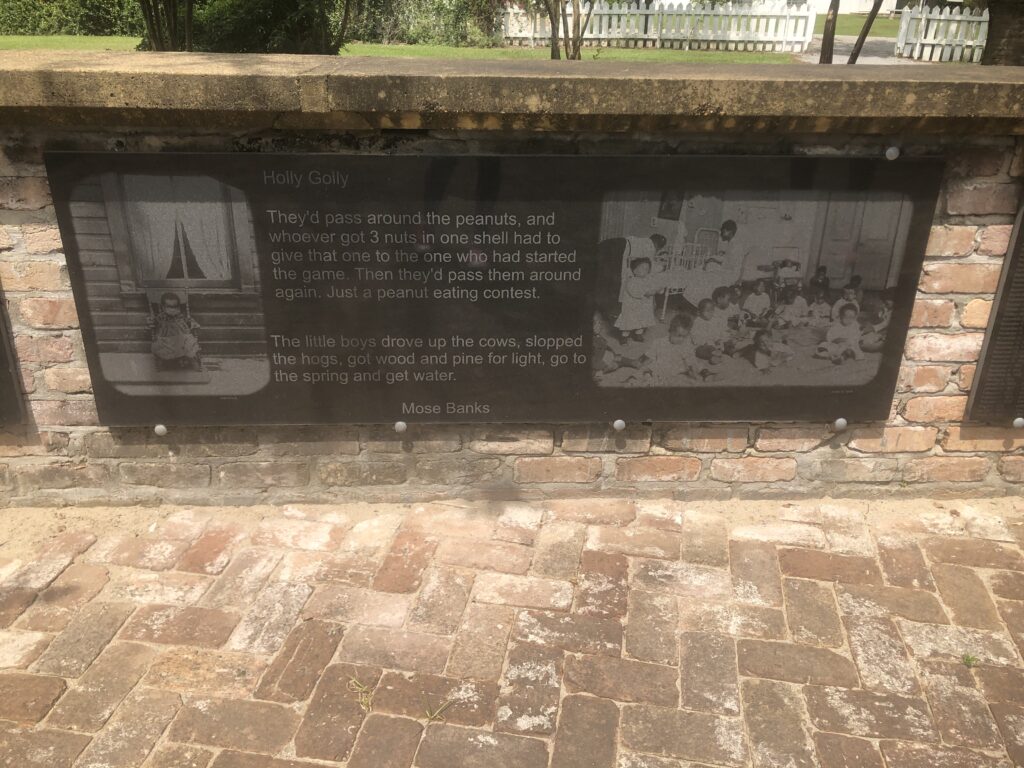
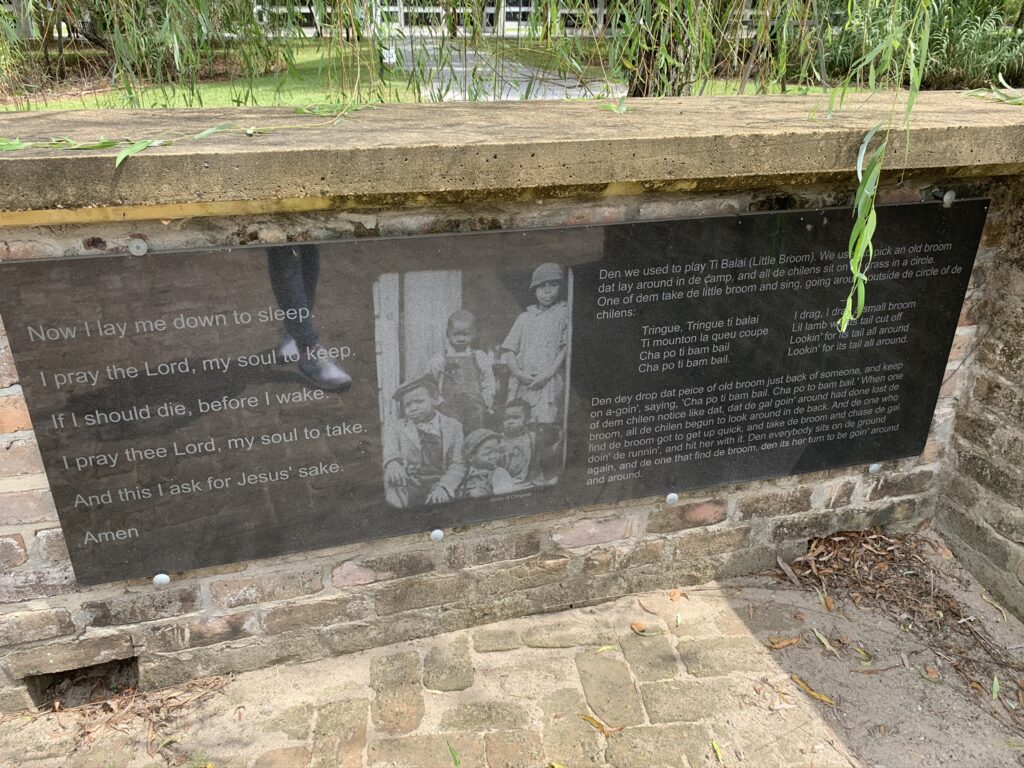
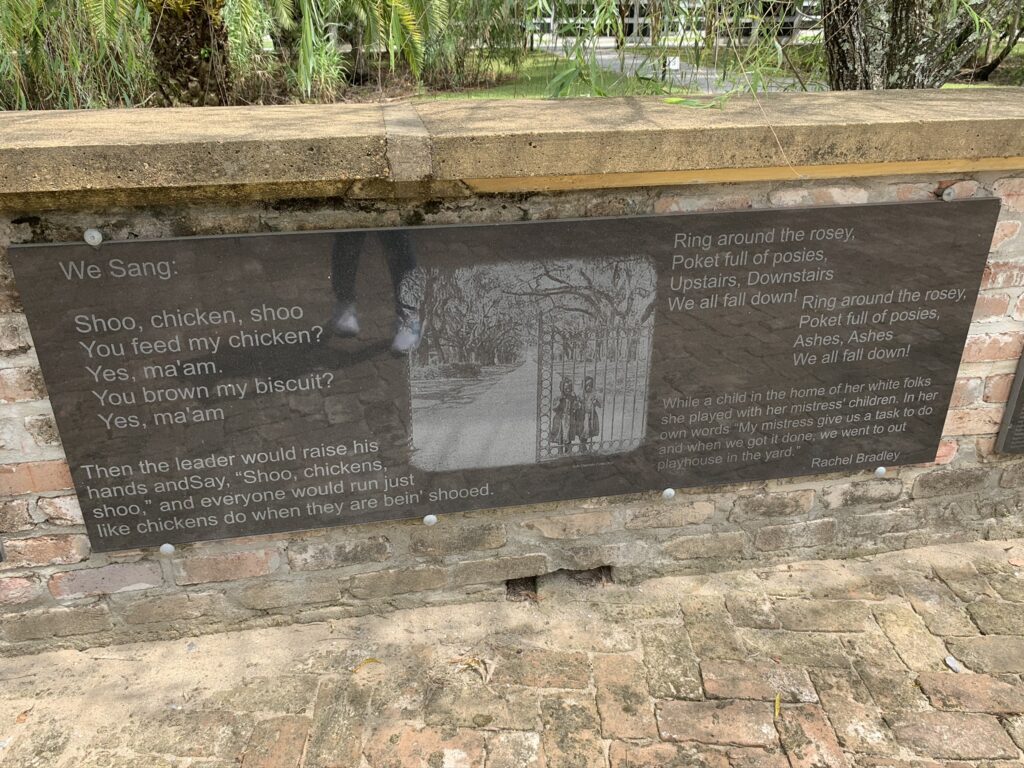
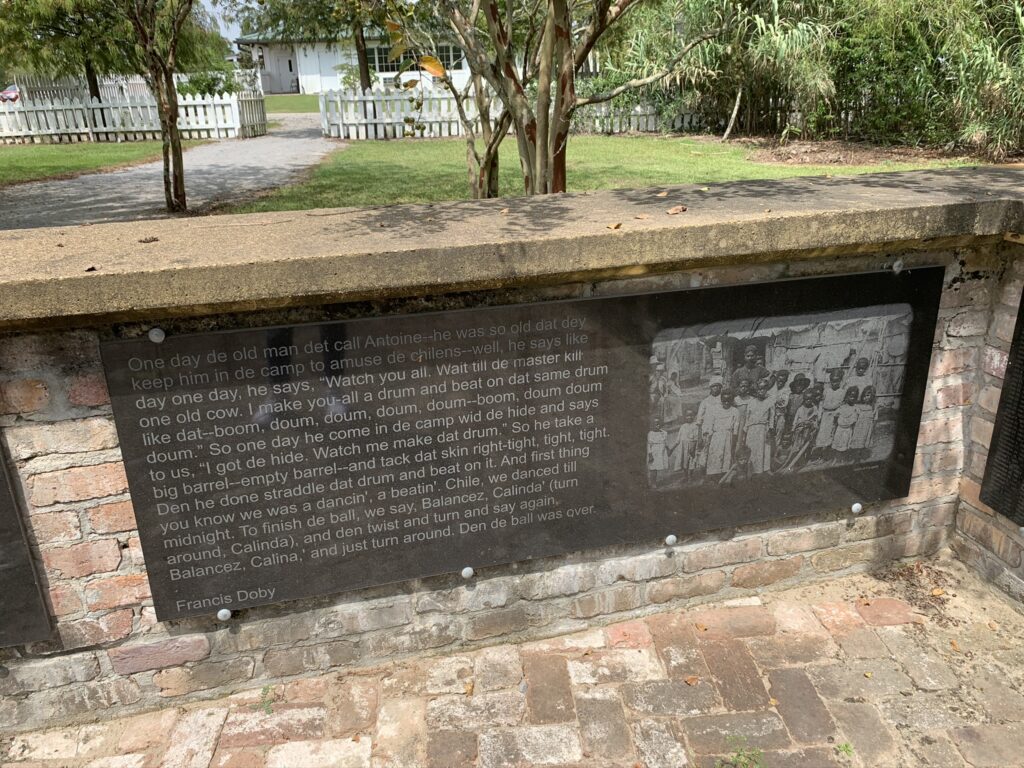
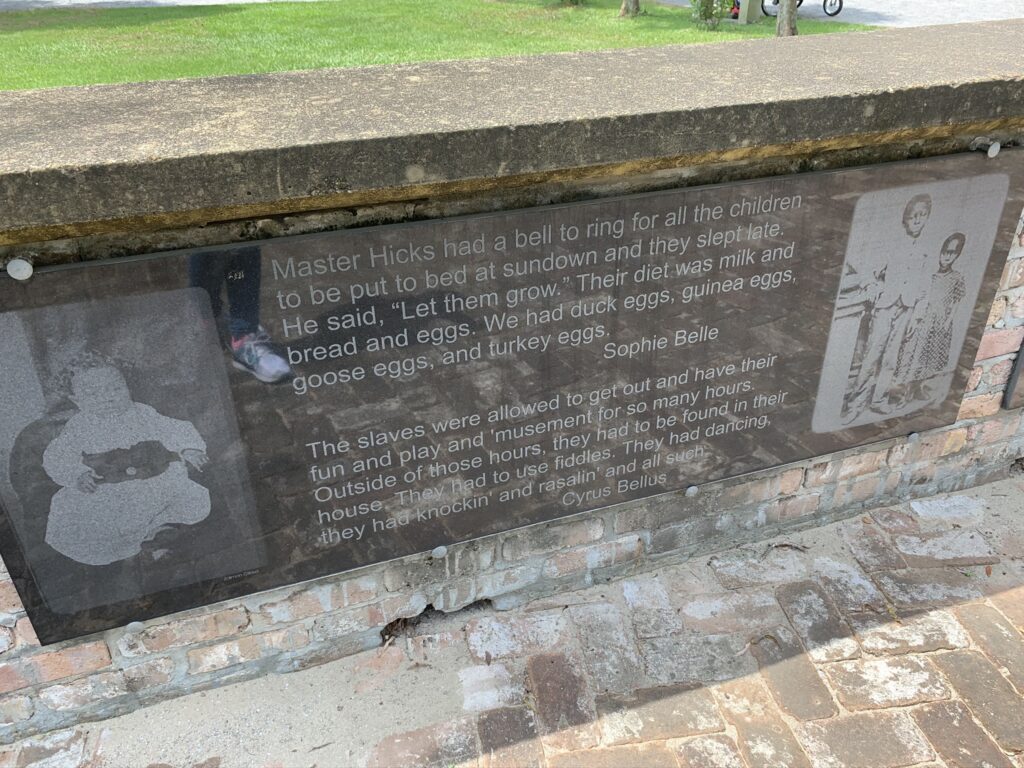
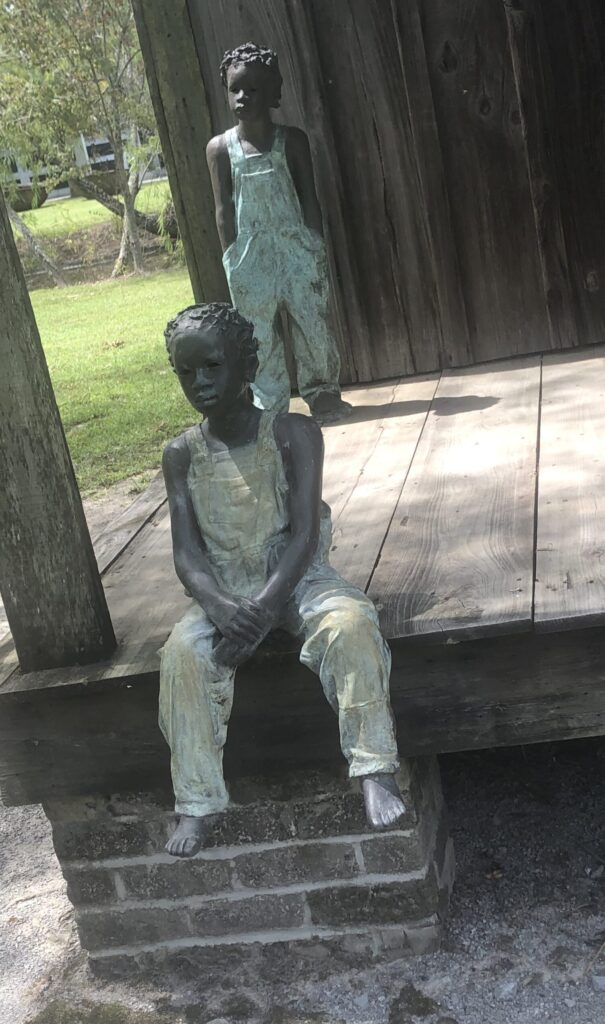
They say if you don’t know about your past, you can’t understand your present. So, I’d suggest booking your own tour to learn about the other 8 stops the the next time you’re in New Orleans!
Thoughts to myself like…
I’ve been to several museums to learn more about my history, but nothing like this. Visiting The Whitney Plantation was almost like stepping back in time, seeing things through the lens of a slave. So many lost dreams. As I learned more on how our ancestors lived, I couldn’t help but to place myself in those same shoes. Would I have tried to escape? Would I have endured torture? I can’t say. I do know however, I am truly my ancestors wildest dreams!!
